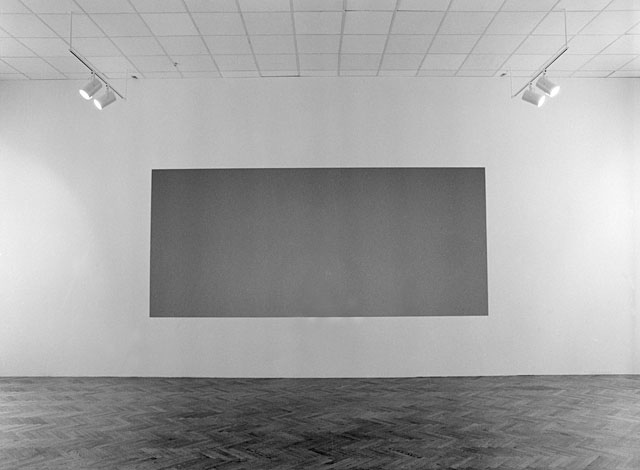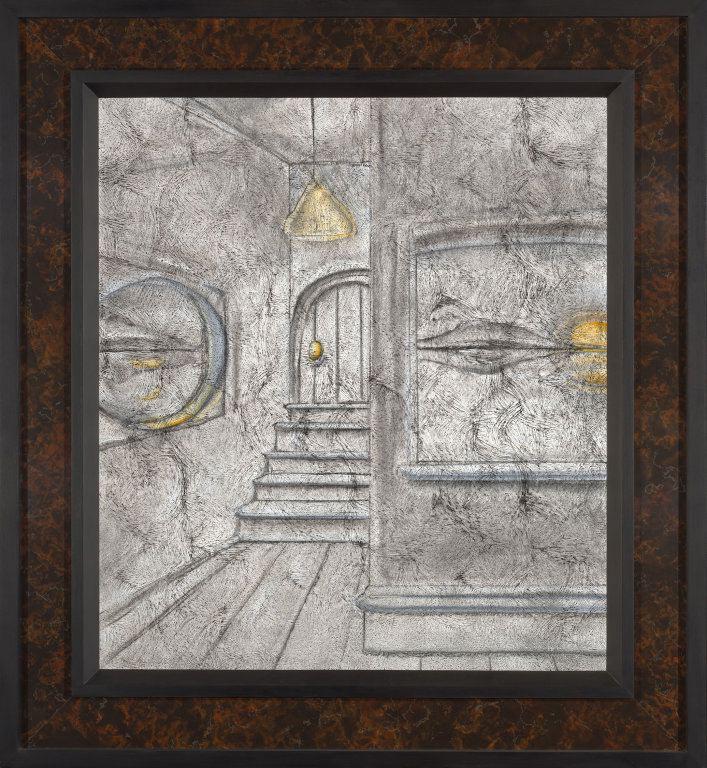Rayna is from James Turrell's early series of Space-Division constructions, which he began in 1976. In these works, a pivotal but initially elusive aperture divides a single room into two separate components—an outer viewing room and an inner “sensing” space. Viewers enter the dimly lit outer room through a dark corridor, seeing first what appears to be a flat, rectangular panel hanging on the far wall. As one approaches, the rectangle grows increasingly pronounced until, up close, it reveals itself to open onto a space beyond that seems filled by an almost tangible mist of light. The rectangular opening can be perceived by the viewer in two ways: as a wafer thin plane of light suspended in space and as infinite space. Both perceptual phenomena are based on the reception of light on the retina, to which Turrell attaches a mystical or, at least, otherworldly interpretation. He once referred to the resulting effect as “looking-at-the-space-looking-at-you.”
A pioneer of the California Light and Space movement of the 1960s, James Turrell builds environments that invite viewers to experience “the material of light through the medium of perception.”


